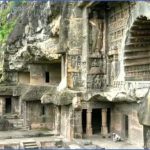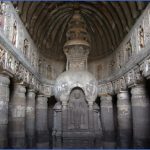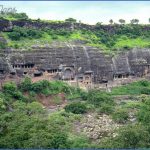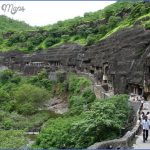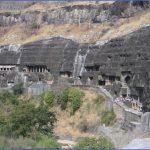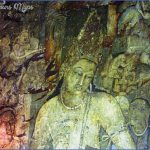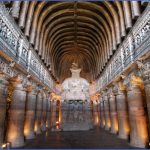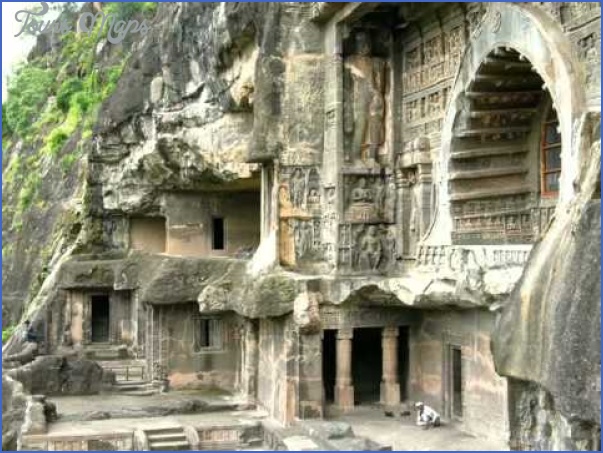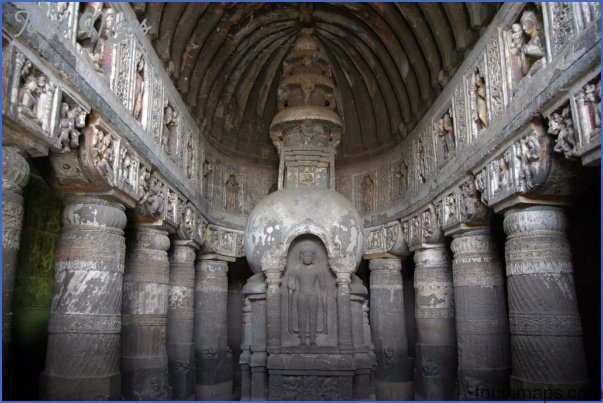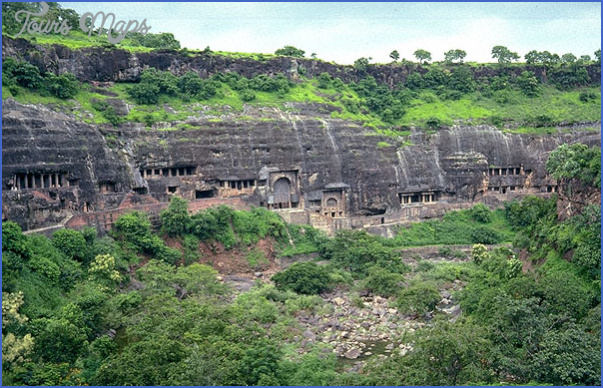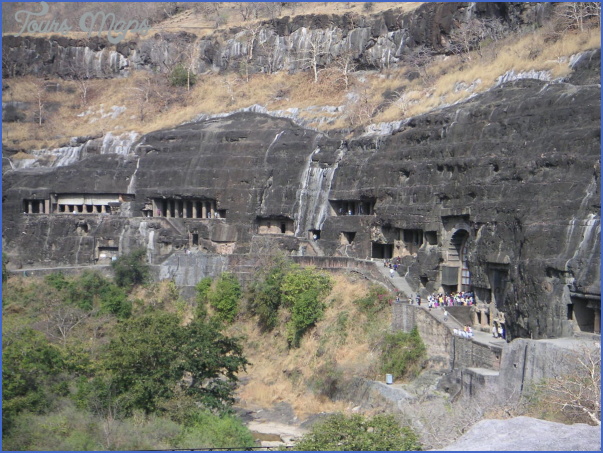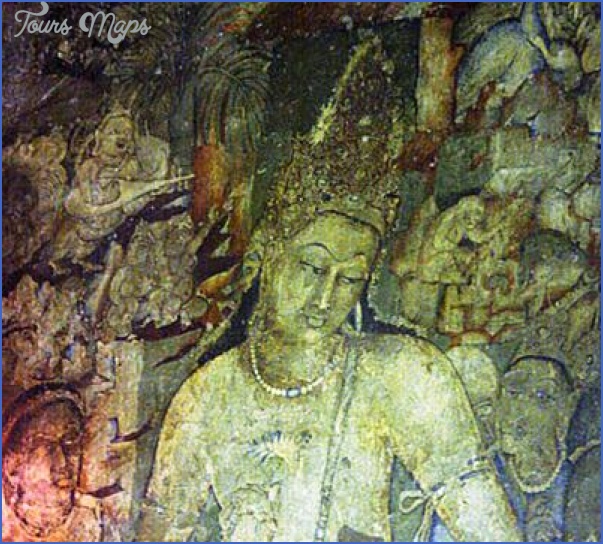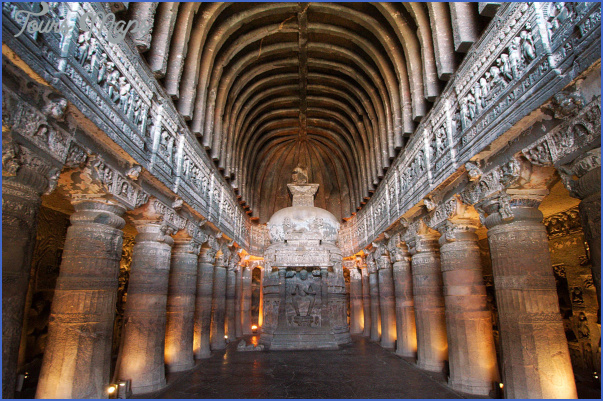Ajanta caves are well known Buddhist temple caves. The construction work of these caves had been going on since 2nd century BCE to 650 CE. These caves are in Maharashtra’s Aurangabad district on its Shayadari Mountains; these caves have been made at a height of 275 meter after cutting the mountains.
Twenty Nine caves are in all here. These caves can be divided in two categories – 5 caves in first group called Hanyana and the remaining 24 caves in the other group called Mahayana. In the caves of Hanyana group statue of Buddha is not there as in these caves he is revered symbolically in the form of religious wheel and or signs of his footsteps etc. The layout, its structure and the construction of these caves makes us stunned. In 1819, one British officer who had come for hunting had accidentally rediscovered these caves and made the world aware about these caves. In 1875, historian George Smith coming to Ajanta photographed these caves and then displayed its beauty to the world.
These caves were prior its rediscovery in 1819 were heavily forested and once after site ceased to be used the caves were covered by jungle thereby had got lost in the dark. In 1903 for maintenance of Ajanta caves a separate law had been made.
Ajanta India Photo Gallery
Among the main caves of Ajanta in cave -1 is Vihardharmi cave. This cave is famous for its different types of paintings. Cave -6 is a cave of two floors, this is the only cave that has got two floors and its lower floor has got destroyed whereas its upper floor consists of many private votive sculptures and a shrine of Buddha. Cave -16 pulls the attraction of people towards it. In this cave on the entrance gate there is a painting of snake king and queen, Vaman, Siddhartha’s sacrifice of his home and all other worldly things, attack of Bimbsar, Buddha’s preaching’s and etc are painted very nicely attracting everyone. Cave – 17 is full of incomparable paintings; this cave was built in 470-480 CE. In the paintings of these caves Jataka tales have been given more importance. The fourth cave area is of 19.5 meter and this cave is based on 20 pillars. In this cave figurative sculpture of Buddha is there. The paintings on the wall make this cave historical. Cave 26 is the last cave of Ajanta Caves; in this cave statues of Buddha in different poses are seen. Out of the caves 27, 28 and 29 – 27 and 28 number caves are incomplete and cave number 29 is
Vihar cave. The paintings of Ajanta caves in this way make it attractive and historical.
Maybe You Like Them Too
- Aman-i-Khas Ranthambore National Park, India
- Where is Deolali, India? – Deolali, India Map – Deolali, India Map Download Free
- Is India the World’s Unknown Beer Destination?
- Visit to India
- YOUR INDIA TRAVEL ORGANIZER

